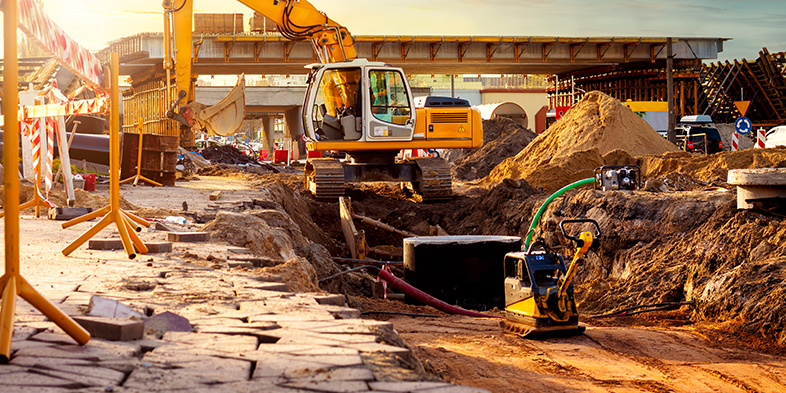Authors
Partner, Construction and Infrastructure, Toronto
Partner, Litigation; Regulatory, Indigenous and Environmental, Toronto

Ontario’s new On-Site and Excess Soil Management Regulation (O. Reg. 406/19) (the Regulation), made under the Environmental Protection Act, lays down a framework for the better management and reuse of excess soils excavated from a project. It supports the delivery of a “Made-in-Ontario Environment Plan” to protect Ontario’s land by taking steps to properly manage local soil and brownfields, ensure valuable resources are not wasted, reduce the risk of contaminants and redevelop brownfields.
Ontario’s excess soil regime creates a new regulatory framework that applies to all construction projects generating “excess soil,” resulting in, among other things, new generic standards for contaminants and the introduction of novel assessment tools, new notice obligations, and new tracking mechanisms that impose additional legal requirements on project stakeholders. Project stakeholders will need to consider excess soil management in light of these new requirements during the various stages of the project including project planning, budgeting and project delivery.
Commencement and transition
The Regulation will be implemented in three phases. The first phase, already in effect from January 1, 2021, implements provisions relating to waste designation and reuse or disposal of materials.
Starting January 1, 2022, in the second phase, provisions will come into effect relating to documentation and tracking requirements. These requirements include a notice being filed in the Excess Soil Registry (specifically, the registry to be implemented and operated by the Resource Productivity and Recovery Authority) before the removal of excess soil from the project area. However, for certain excess soil management contracts entered into before January 1, 2021, this notice requirement does not apply until January 1, 2026.
Starting January 1, 2025, in the third phase, provisions will come into effect relating to the use of clean soil at landfill sites or dumps.
Project areas and excess soils
The Regulation applies to excess soils excavated from a project. A project can include the construction, reconstruction, erection or placement of a building or structure or the establishment, replacement, alteration or extension of infrastructure.
According to the Regulation, “excess soil” means soil, or soil mixed with rock, that has been excavated as part of a project and removed from the project area. However, the Regulation does not apply to the excavation of soil that is hazardous waste or asbestos waste (both within the meaning of Regulation 347), the operation of a pit or quarry from which consolidated or unconsolidated aggregate (within the meaning of the Aggregate Resources Act) is excavated (including the use and production of recycled aggregate in the pit or quarry), the excavation of topsoil in accordance with a permit issued under the Aggregate Resources Act, the production of peat from a peat extraction operation, or the final placement of excess soil on the bed of a surface water body.
Significantly, the Regulation expressly designates excess soil as waste unless specifically exempted. Some of the exemptions include excess soil which is beneficially reused (not stockpiled) and meets quality standards, and where the reuse (receiving) site has consented in writing to receive it.
New rules
The “Rules for Soil Management and Excess Soil Quality Standards” [PDF] (the Rules) are published by the Ontario government and adopted by reference in the Regulation. When dealing with excess soils (including an owner’s use of excess soils on its lands outside of the project area), project stakeholders must adhere to the Rules and other requirements of the Regulation.
The Rules set out soil management requirements and quality standards, including specific requirements to be complied with before excess soil may be removed from a project area. These requirements include, for example, an assessment of past uses, implementation of a sampling and analysis plan and tracking system, and the preparation of soil characterization reports and excess soil destination assessment reports.
Conclusion
In light of the new Regulation, stakeholders will need to understand the quality and quantity of excess soil at the project area, and account for the time and cost of completing any necessary soil sampling and analyses. Most importantly, parties to the construction contract need to clearly address these responsibilities relating to excess soil management in the scope of the work for the contract.
Osler’s experienced construction and environmental lawyers are well placed to advise stakeholders on how they can effectively align their processes and construction contracts with these new rules. Stay tuned for updates on the implementation of the Regulation.